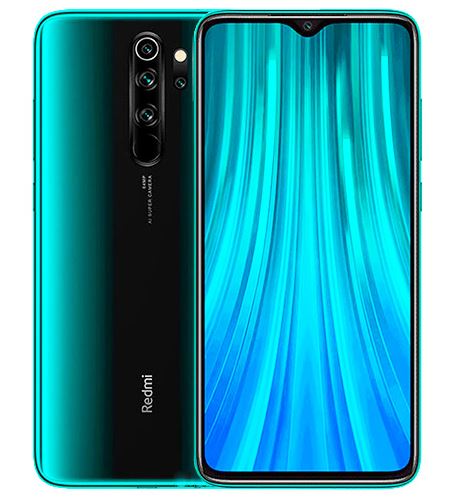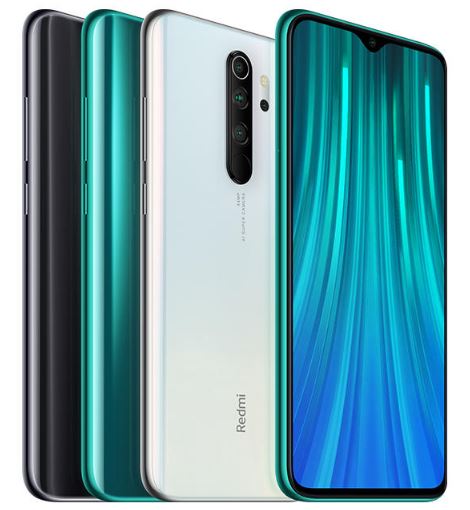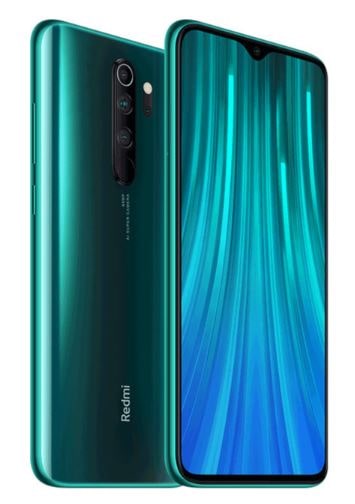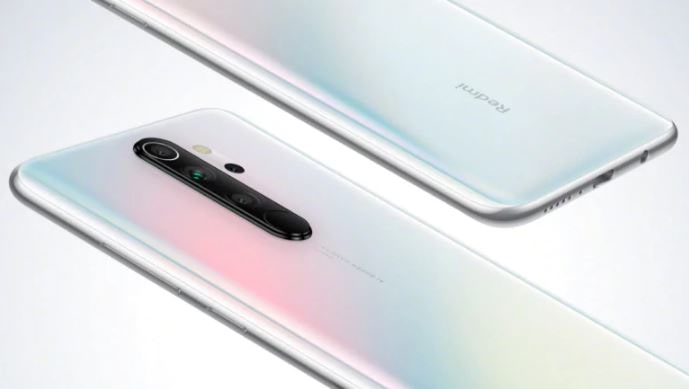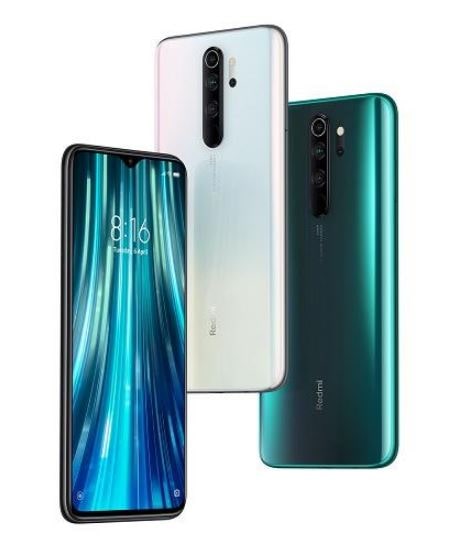The long-lasting battery, on the other hand, seems to be enough too to last a whole day with even heavy usage, and excitingly, fast charging feature is a good value-addition when you run out of juice. Altogether, finding any other phone with the same features and the same price tag in other rival brands looks impossible. What do you say? It’s a habit of Xiaomi to set new benchmarks with its latest generation of Remi Note series. A year-old Redmi Note 7 was no different, without any doubt – thanks to its robust build quality and impressive cameras. This year with Xiaomi Redmi Note 8 Pro UK, Xiaomi isn’t only going to catch things up only in the photography hardware but also in all other aspects like battery and performance. Read on a complete Xiaomi Redmi Note 8 Pro Review to find out what it dishes out and how it performs in many areas.
Release Date Price
The Xiaomi Redmi Note 8 Pro Price UK for its base variant – 6GB/64GB is £220, whereas 6GB/128GB variant set users back £255. As far as Note 8 Pro 8GB/128GB variant is concerned, it leaves a solid dent on your wallet with an eye-watering price tag £288.
Specifications
Design
The smartphone bears a glossy Aura design outback with a quad-camera configuration – positioned vertically and there is a fingerprint scanner, placed just below it. Although the company wants to offer the finger that can reach the sensor easily to unlock the screen, it could take your index finger some time to store the location. Chances are you will overreach and touch the camera sensor, but it won’t take too much time to get used.
There is a small waterdrop-like notch on the front to sport a front-facing camera. It can also be noted that it has a chin on the bottom, which is relatively small as compared to its predecessor. The company claims to have used the feature of 91.4% screen to body ratio, using special display panel bending technology.
Display
Xiaomi Redmi Note 8 Pro is loaded with a 6.53-inches IPS display with Full HD+ resolution of 1080 x 2340 pixels and a peak brightness of 500 nits. The phone offers users a good viewing experience and, most important of all, decent display legibility under direct sunlight. The phone is the most premium and durable smartphone – thanks to a Corning Gorilla Glass 5 on the front and back, P2i Nano-Coating and IP52 Water and Dust Resistant Certification.
Under the Hood
Digging down inside the beast, it comprises 2.05GHz MediaTek G90T Chipset – based on a 12-nanometer and partnered with Mali-G76 MC4 GPU. The phone has Liquid Cool Technology, which makes it another mid-range phone in the market. The phone comes in three different variants in terms of RAM and ROM, 6GB/64GB, 6GB/128GB, and 8GB/128GB. The whopping amount of RAM ensures smooth and silky performance, whether you launch multiple apps at once or switch between one app to another. It never shows any sign of lag or any hiccup, but it gets a little warm when playing games for a long period. The smartphone is better connected to the Internet when playing games like PUBG Mobile with WLAN Antenna X even though your hands cover the corners of the frame (where the majority of the handsets have antenna tapes). The phone has got 283987 scores in AnTuTu, which sounds pretty impressive, especially for a mid-range smartphone. And on Geekbench 5, on the contrary, the phone has reached 467 on a single-core test and 1524 on the multi-core test.
Camera
The phone flaunts one of the best camera hardware. It sports a quad-camera configuration with its primary 64MP camera sensor, an 8MP ultra-wide, 2MP macro, and 2MP depth sensor that helps to capture portrait images. In terms of camera performance, it captures sharp enough images in a daylight condition. The close-up images look good, and interestingly, captured images by a Macro lens are impressive as well. Taking about night mode, it is hit and miss. The phone captures fine images under street lights, but it gets fail when it comes to capturing photos in pitch darkness. On the bright side, however, Redmi Note 8 Pro captures pretty awesome images with the flashlight on. Images in portrait mode are dazzling as Xiaomi has done a great job in making a camera application.
On the front, on the other hand, Xiaomi Redmi Note 8 Pro comes with a single 20MP selfie snapper. The camera is capable enough to take good selfies, and a wide range of photo filters offer impressive value addition to enjoy and have fun. Users can capture selfies, edit them, and share them on social media platforms.
MIUI 11
Taking a look at software, it has the company’s own interpretation of Android 9.0 Pie OS. The users of the MIUI can quickly get used to the program, but you need some patience and learning skills if you switch from another smartphone maker to Xiaomi, as the user interface of the company is very different to that of other manufacturers. There are many duplicate apps installed on the phone, which is quite confusing. For example, a European Redmi Note 8 Pro contains nearly all of the Google applications and services and counterparts of Xiaomi. The most popular is the Xiaomi browser and the Photos app. Both apps, at least a good Google alternative. The rest of the apps like Google Pay or Play Services, need to be added manually on the phone.
Battery
Xiaomi Redmi Note 8 Pro comes loaded with a hefty 4500mAh battery, which is 500mAh more as compared to its predecessor. It’s undoubtedly, a huge bump we have seen after so many years in Xiaomi’s Redmi Note series. And, without a doubt, it lasts throughout the day even with extreme use.
